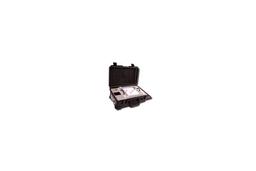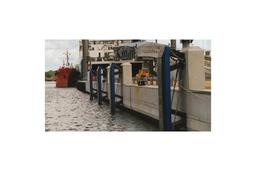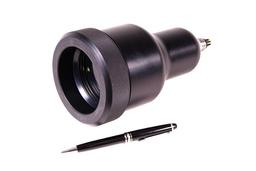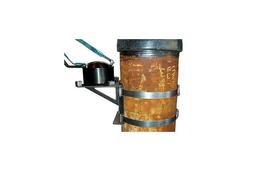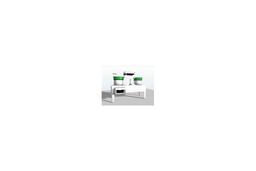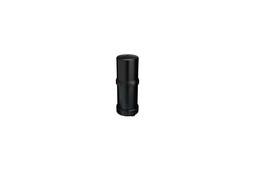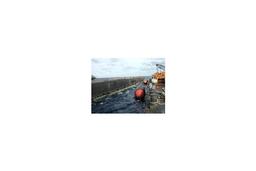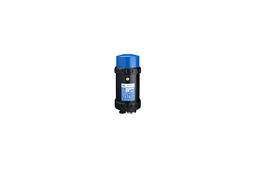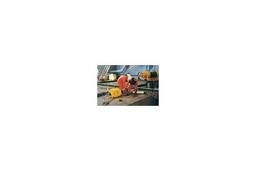


We originally developed our range of small boat fenders to replace the highly vulnerable pneumatic units used on rigid inflatable boats (RIBs). More recently the fenders have been supplied to replace extruded rubber fenders. A major problem in the use of extruded rubber fendering is the resultant heavy topside wieght. This problem is compounded in a capsized situation, when the hollow section fills with water. We therefore extended our fendering range to replace the extruded sections, creating a lightweight permanently buoyant alternative which will not absorb water.
Our small boat fendering systems are manufactured from high energy absorbing resilient closed cell polyethylene foam, encapsulated within a high performance polyurethane elastomer skin. The elastomer skin is often further reinforced with layers of fabric materials for additional performance.
This combination of tried and tested materials means that even in the unlikely event of damage to the skin, the fender can neither deflate nor absorb water.
Our fenders can be fixed to the craft via a variety of methods including gluing, bolting or wire tensioning. The versatility of fixing combined with the range of profile shapes available provides possibly the widest range of combinations and designs of fendering systems available today.
In comparison with pneumatic fenders, maintenance is minimal as no regular air checks are required. Along with the fact that our fendering systems are puncture proof this means that they are both cost effective and safe. The guarantee of high levels of serviceability means that our foam fenders are frequently chosen for rescue boats, coastguard vessels and assault and support craft as used by the armed forces.



